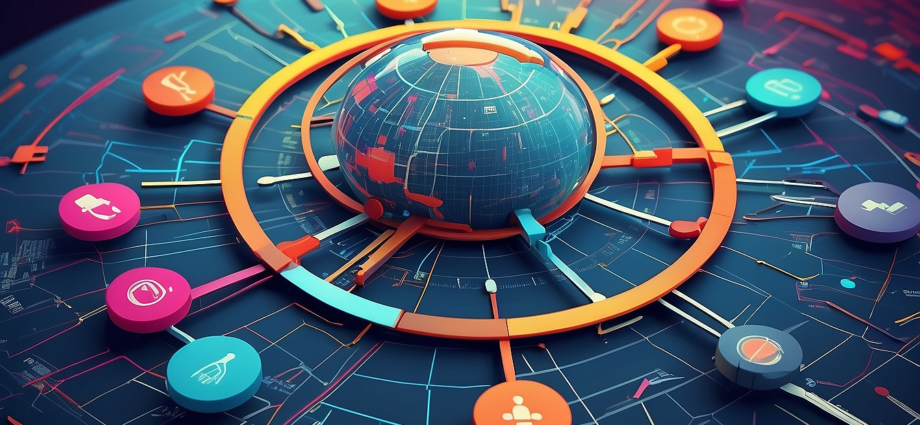In the fast-paced digital age, where technology has seamlessly woven itself into the fabric of our daily lives, navigating the digital landscape while maintaining a balanced and healthy lifestyle has become a paramount concern. As the dependency on digital devices increases, individuals find themselves grappling with the challenges of staying connected while avoiding the pitfalls of excessive screen time and information overload.
Understanding the Digital Landscape
To navigate the digital age effectively, it’s essential to comprehend the multifaceted nature of the digital landscape. The digital realm encompasses various elements, including social media, online communication, work-related technologies, entertainment platforms, and more. Each of these components plays a role in shaping our digital experiences, and finding a balance among them is crucial.
Strategies for a Balanced Digital Life
- Establishing Digital Boundaries: Setting clear boundaries for digital usage is a fundamental step toward achieving balance. This involves defining specific time slots for work-related activities, leisure, and social media. Creating designated periods for digital detox can also contribute to a healthier lifestyle.

- Prioritizing Real-world Connections: Despite the prevalence of online interactions, nurturing real-world relationships is indispensable. Allocating time for face-to-face interactions with friends and family fosters a sense of connection and helps break the isolation that excessive digital engagement may bring.
- Mindful Consumption of Digital Content: Practicing mindfulness in digital consumption involves being aware of the content we engage with. This includes critically evaluating the information we encounter, discerning between productive and mindless scrolling, and curating our digital environments to align with our values and interests.
- Tech-Free Time: Incorporating periods of tech-free time into the daily routine is vital for mental well-being. Whether it’s a morning walk without devices or an hour before bedtime devoid of screens, these breaks allow the mind to recharge and reduce the potential negative impacts of constant digital exposure.
- Regular Physical Activity: Balancing digital life requires attention to physical health. Engaging in regular physical activity not only contributes to overall well-being but also serves as an effective means to detach from screens and maintain a holistic lifestyle.
- Digital Skill Development: Enhancing digital literacy is an integral part of navigating the digital age. Acquiring skills to manage digital tools efficiently, critically evaluate online information, and stay updated on cybersecurity practices empowers individuals to use technology as a tool for productivity and growth.
- Periodic Digital Detox: A periodic digital detox involves intentionally disconnecting from digital devices for a specific duration. This practice provides a mental reset, reduces digital fatigue, and allows individuals to reassess their relationship with technology.
